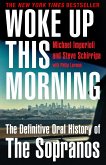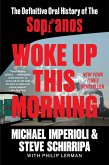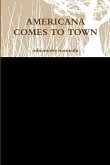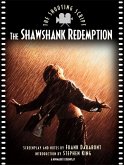This story extends from the uniqueness of Black Chicago, Illinois, USA, in comparison to any other city in America. This prolific difference includes Black Chicago teenager's unique Gouster style of clothing announced by singer David Bowie during the 1960s. More especially, it includes the historical ability for Black teenager's exhibition in phenomenal organizational skills that included hundreds of thousands. Most importantly, this story describes the uniqueness of Chicago, Illinois, as the most segregated city in the United States. In 1885, a state law against discrimination in public places was initiated but was rarely enforced. While not yet confined to the city's nascent ghettos, Blacks generally found housing available only within emerging enclaves. Much of Martin Luther King Jr.'s integration efforts focused on the Deep South, but in 1966, King focused his energies on Chicago, known then as one of the most segregated cities in the country. This unique period of teenage Chicago history is generally unknown to the world and may become extinct in the upcoming years as its participants are now in their early seventies. Inspired by true events, this is where our story begins. In 1965, this story follows a fifteen-year-old Charles Powers, called CP, who aspired to become a Hollywood actor/singer. After the murder of his best friend by the huge Disciple street gang, CP was unexpectedly led into the hierarchy of a near three hundred-member street gang called the Satan Lovers. In 1969, this street organization joined the highly publicized Black P. Stone Nation in its war with the Disciple Nation. In 1970, at age twenty, CP became leader of the now nearly two-thousand-member Black P. Stone Nation faction. In 1964, as housing slowly opened for Black families moving westward, Disciple members and affiliates added themselves to the neighborhood of West Englewood. A small street gang known to law enforcement as the Satan Lovers established several years prior and other youth in the area experienced a takeover buildup by encroaching Disciple factions. Increasing Disciple harassment, threats, and shootings stimulated local teens to weaponize and join the Satan Lovers in a battle to maintain control of their area. Against this backdrop of Englewood, the White Flight occurred in 1964. There included a generational Italian Mafia connected teenage street gang, concerned with the approaching decimation of the Ashland Boulevard racial dividing line. They also experienced the merging of a forced maturity in all White and Black Englewood teens who are today in their seventies. Segregation and gang violence hovered over West Englewood. This was a perfect storm of racial tension and a highly outnumbered and surrounded Satan Lovers, which sidetracked teenage career goals and neighborhood peace. A must-read of every book club in the UK--What is the big attraction? Chi Town Gangster is most unique as its specifics experienced by those who lived the history are unavailable elsewhere and stem from true events uniquely attached to only one American city. UNTOLD CHICAGO HISTORY .
Hinweis: Dieser Artikel kann nur an eine deutsche Lieferadresse ausgeliefert werden.
Hinweis: Dieser Artikel kann nur an eine deutsche Lieferadresse ausgeliefert werden.








